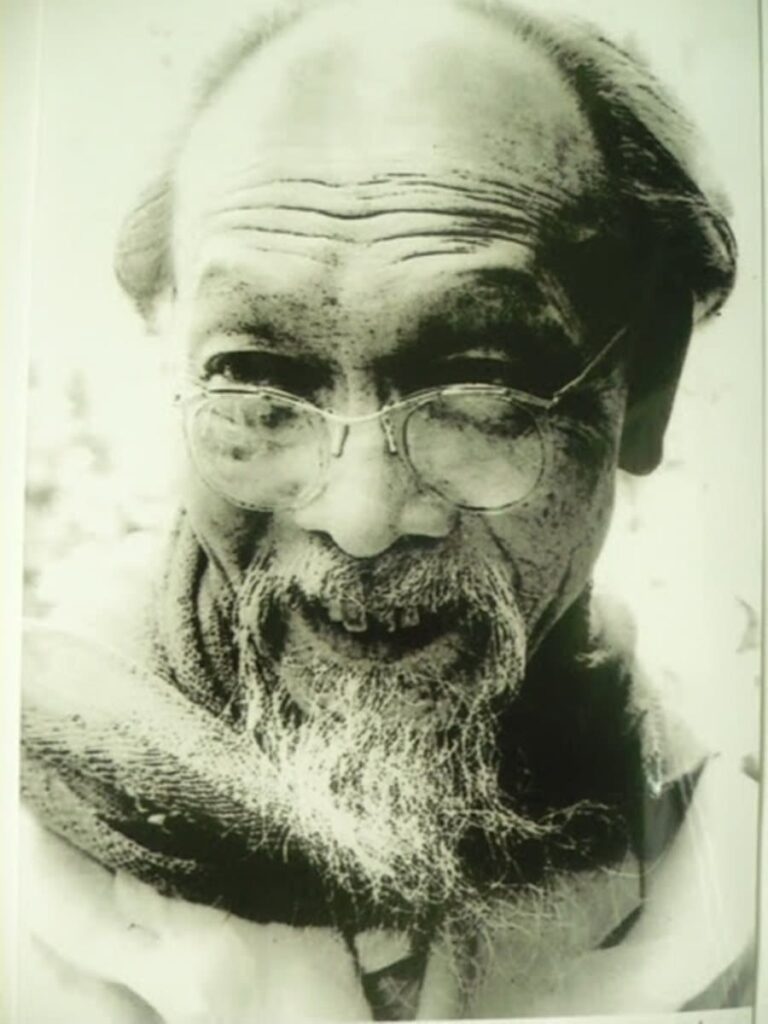Nguyễn Phan Chánh: Master of Vietnamese Silk Painting
Nguyễn Phan Chánh is an enduring icon of modern Vietnamese art, renowned for elevating silk painting to new heights and bringing global recognition to Vietnam’s artistic heritage. Born in the late 19th century, he was not only a painter but also an educator who shaped the Indochina fine arts movement. This article delves into his life, career, and iconic works, offering insight into the legacy he left in Vietnam art galleries.
Biography of Nguyễn Phan Chánh: From Rural Hà Tĩnh to Artistic Mastery
Nguyễn Phan Chánh’s story begins in a modest village in central Vietnam. Born on July 21, 1892, in Tiền Bạt village, Trung Tiết commune, Thạch Hà district, Hà Tĩnh province (now part of Hà Tĩnh city), he grew up in a scholarly farming family. From a young age, he was immersed in Vietnamese folk culture and traditional arts, showing a passion for drawing by sketching rural life—fields, villages, and laborers—using charcoal or pencils.
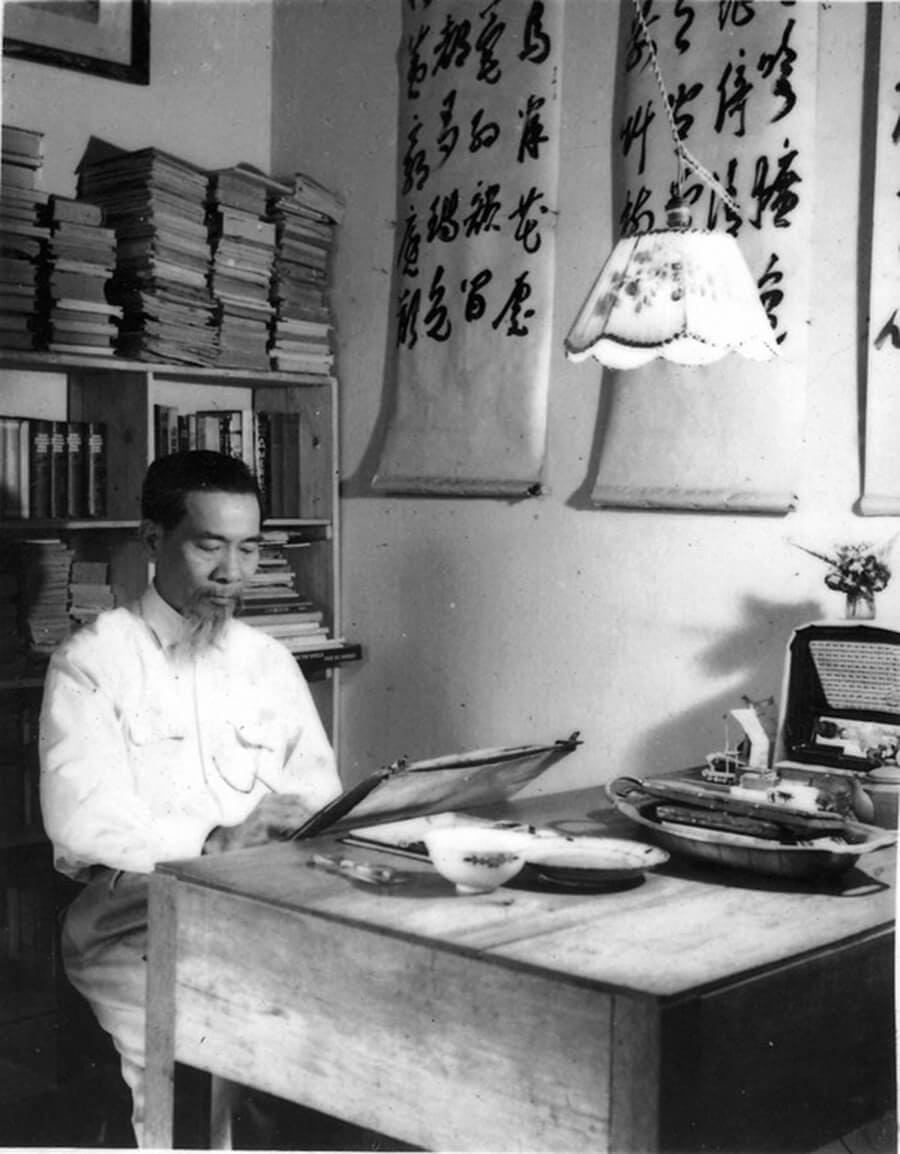
Early Life and Education
In 1912, Nguyễn Phan Chánh began studying Chinese and French, opening doors to Western knowledge. By 1922, he graduated from École Normale d’Huế (now Hue University of Education) and taught at Đông Ba Primary School in Huế. This period allowed him to observe and document central Vietnam’s cultural life, which later inspired his artworks.
A turning point came in 1925 when he enrolled in the inaugural class of the Indochina School of Fine Arts (now Vietnam University of Fine Arts). There, he studied alongside luminaries like Lê Phổ, Mai Trung Thứ, Lê Văn Đệ, and Công Văn Trung, under French instructors Victor Tardieu and Joseph Inguimberty. While mastering Western techniques, he preserved Vietnam’s cultural identity by blending it with traditional artistry.
Life Amid Historical Upheaval
Nguyễn Phan Chánh’s life intertwined with Vietnam’s turbulent history. After the 1945 August Revolution, he joined the resistance against French colonialism, creating propaganda art and serving on the provincial Cultural Salvation Committee. During the nine-year resistance, he lived modestly, continuing to create art amid wartime challenges. Post-1954 Geneva Accords, he returned to Hanoi, resuming his teaching career. He passed away on November 22, 1984, at age 92, leaving a monumental legacy in Vietnamese art.
Nguyễn Phan Chánh’s biography reflects the fusion of Eastern and Western influences in Vietnam’s art history. His diligence, humility, and love for life made painting an inseparable part of his existence, with his Hà Tĩnh roots shaping his authentic, relatable style.
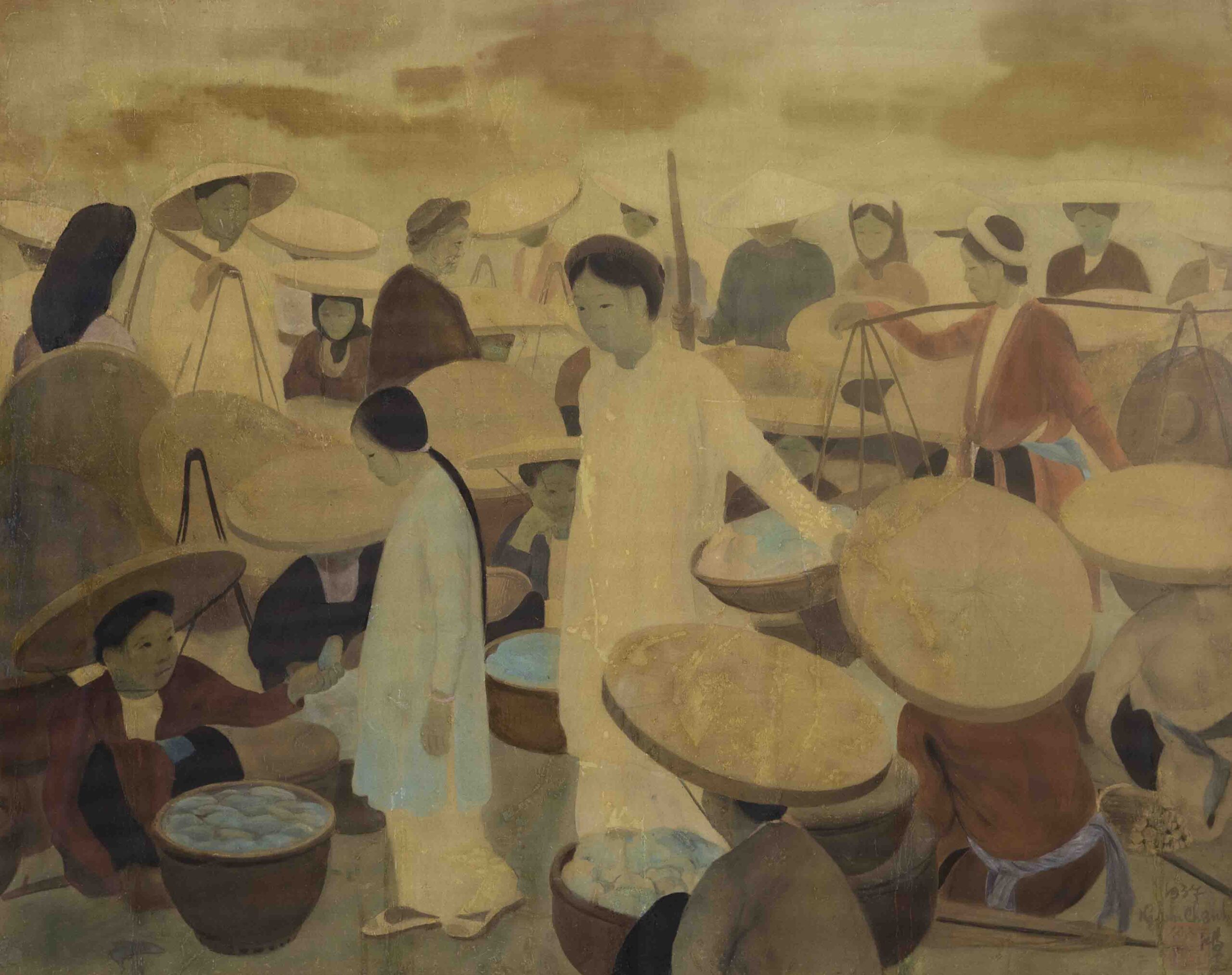
Career of Nguyễn Phan Chánh: Bringing Vietnamese Silk Painting to the World
Nguyễn Phan Chánh’s six-decade career revolutionized silk painting, blending Western techniques with traditional Eastern materials to create a modern Vietnamese art form. His work earned international acclaim and established him as a pioneer.
In 1928, he experimented with oil painting but soon shifted to silk after encountering Chinese silk paintings. He meticulously studied silk techniques, using ink and watercolors to create delicate, translucent layers. By 1931, his first silk paintings—Chơi Ô Ăn Quan, Cô Gái Rửa Rau, and Em Bé Cho Chim Ăn—captivated French art circles in Indochina, launching his fame.
A career highlight came in 1932 when his works were exhibited internationally in Italy, the U.S., Japan, and notably Paris, where they garnered widespread praise, cementing his role as a trailblazer in modern Vietnamese silk painting. From 1933 to 1939, he continued creating and exhibiting, solidifying his status in the Indochina art scene.
After 1945, his career shifted to serve the resistance, producing propaganda works like Em Bé Trong Dầu (1946), Diệt Bom Giặc (1947), and Lạch Nước (1949), reflecting his patriotism. In 1955, he returned to Hanoi, teaching at the Vietnam University of Fine Arts and mentoring future artists. Elected to the Vietnam Fine Arts Association in 1957 and honored at the Third National Heroes and Soldiers Conference in 1962, his influence grew.
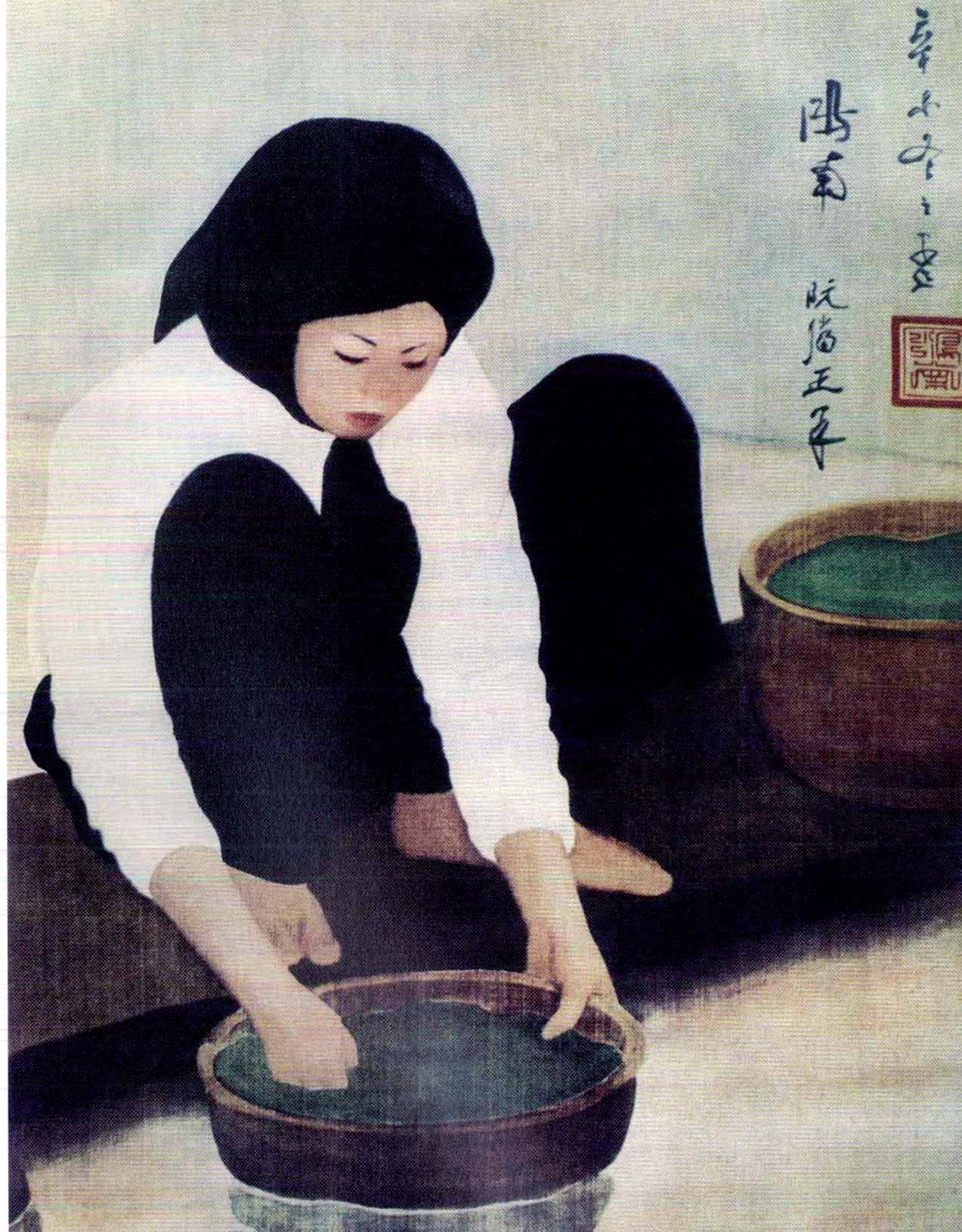
Beyond creating, Nguyễn Phan Chánh’s teaching at Bưởi School and Hanoi’s University of Fine Arts shaped generations of artists. His 170+ works, many displayed at the Vietnam Fine Arts Museum, showcase a style blending realism and ethereality, deeply rooted in national identity.
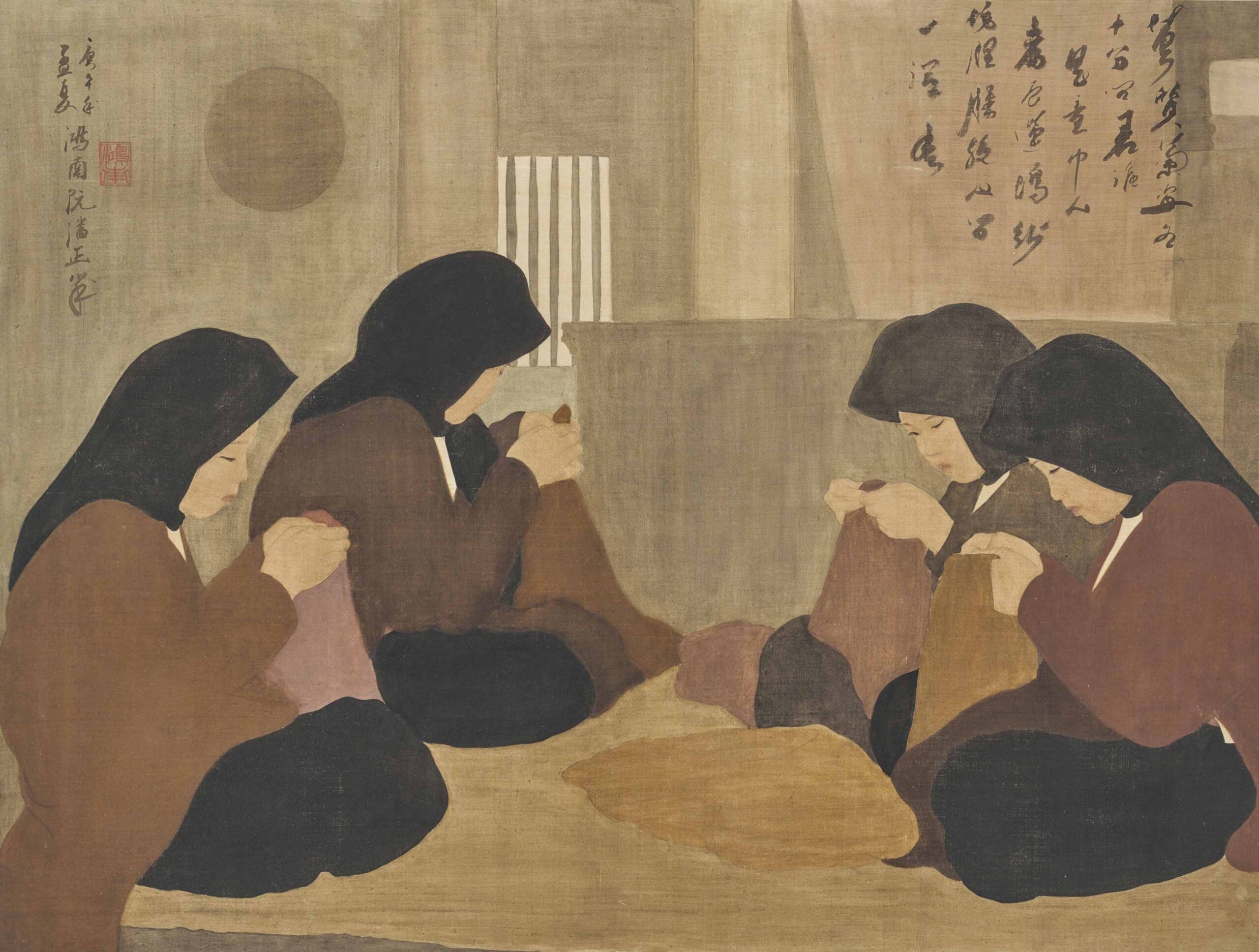
Key Career Milestones
- 1925–1930: Studied and experimented with silk painting, laying the foundation for his unique style.
- 1931–1939: Achieved international success through exhibitions, establishing himself as a master of silk painting.
- 1945–1954: Contributed to the resistance with propaganda art.
- 1955–1984: Taught and created late-career works, leaving a lasting legacy.
Through perseverance and innovation, Nguyễn Phan Chánh transformed silk painting from a traditional craft into a globally recognized art form.
Iconic Works of Nguyễn Phan Chánh: Timeless Silk Paintings
Nguyễn Phan Chánh’s works focus on silk paintings depicting rural life, women, and children in Vietnam. His layering technique created depth, evoking serenity and poetic beauty. Below are some of his most iconic silk paintings:
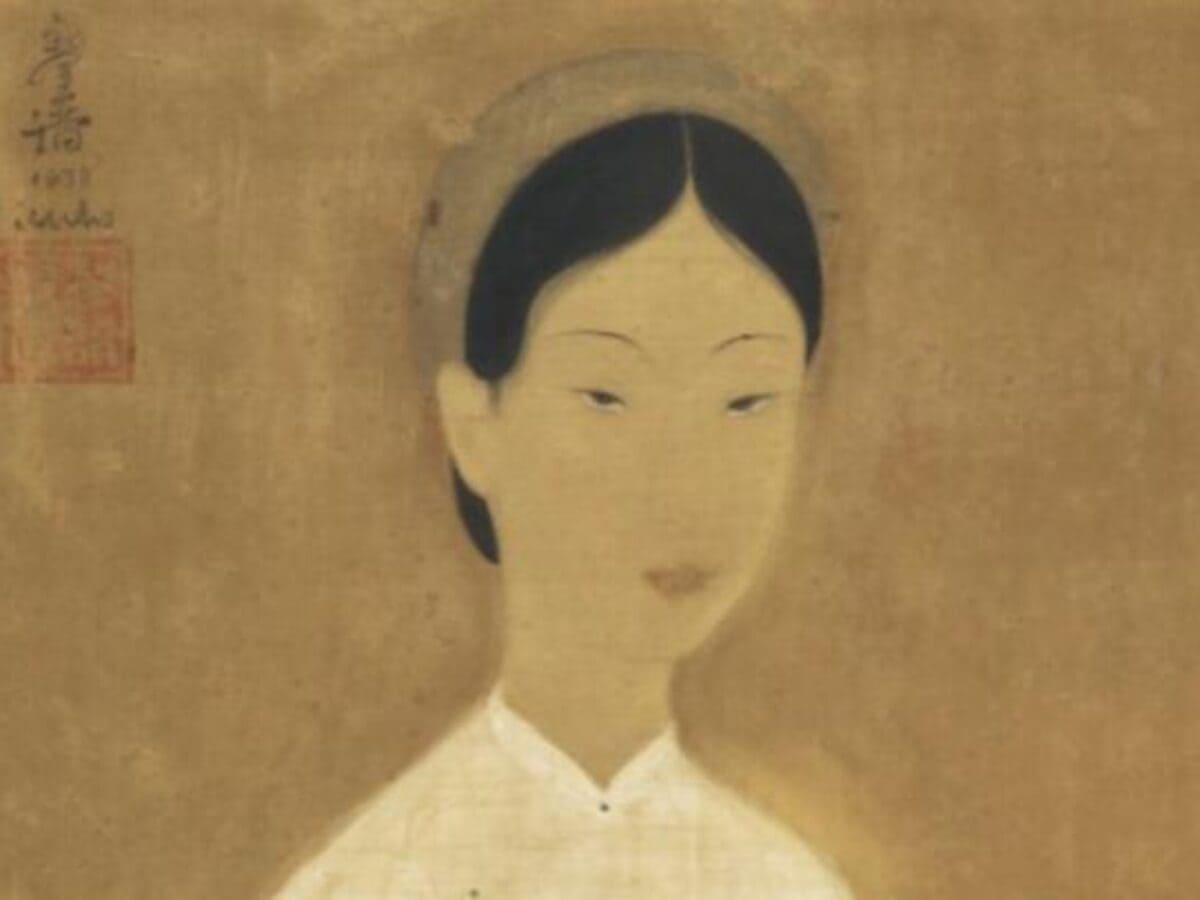
- Em Bé Cho Chim Ăn (1931): Depicts a girl feeding birds in a tranquil village, using soft colors for warmth and intimacy.
- Hầu Đồng (1932): Inspired by Vietnam’s spiritual ritual of mediumship, this work captures cultural mysticism and was exhibited in Paris.
- Cô Gái Hát Ví Dặm (1935): Celebrates central Vietnam’s folk singing, portraying a woman in traditional attire, reflecting Hà Tĩnh’s cultural identity.
- Người Hát Rong (1940): A humanistic portrayal of a wandering musician, highlighting life’s hardships and artistry.
- Người Bán Gạo (1942): A realistic depiction of daily labor, with intricate light and shadow details on silk.
- Bữa Cơm Ngày Mùa Thắng Lợi (1960): Post-resistance work celebrating new beginnings, showing a family gathered for a meal.
- Vườn Trẻ (1970): Focuses on children, radiating optimism with brighter colors.
- Lớp Mẫu Giáo (1975): Portrays children learning, reflecting education’s role in a new society.
- Cô Hàng Xén (1933): A classic depiction of a female street vendor, with soft, flowing lines emblematic of Vietnamese silk painting.
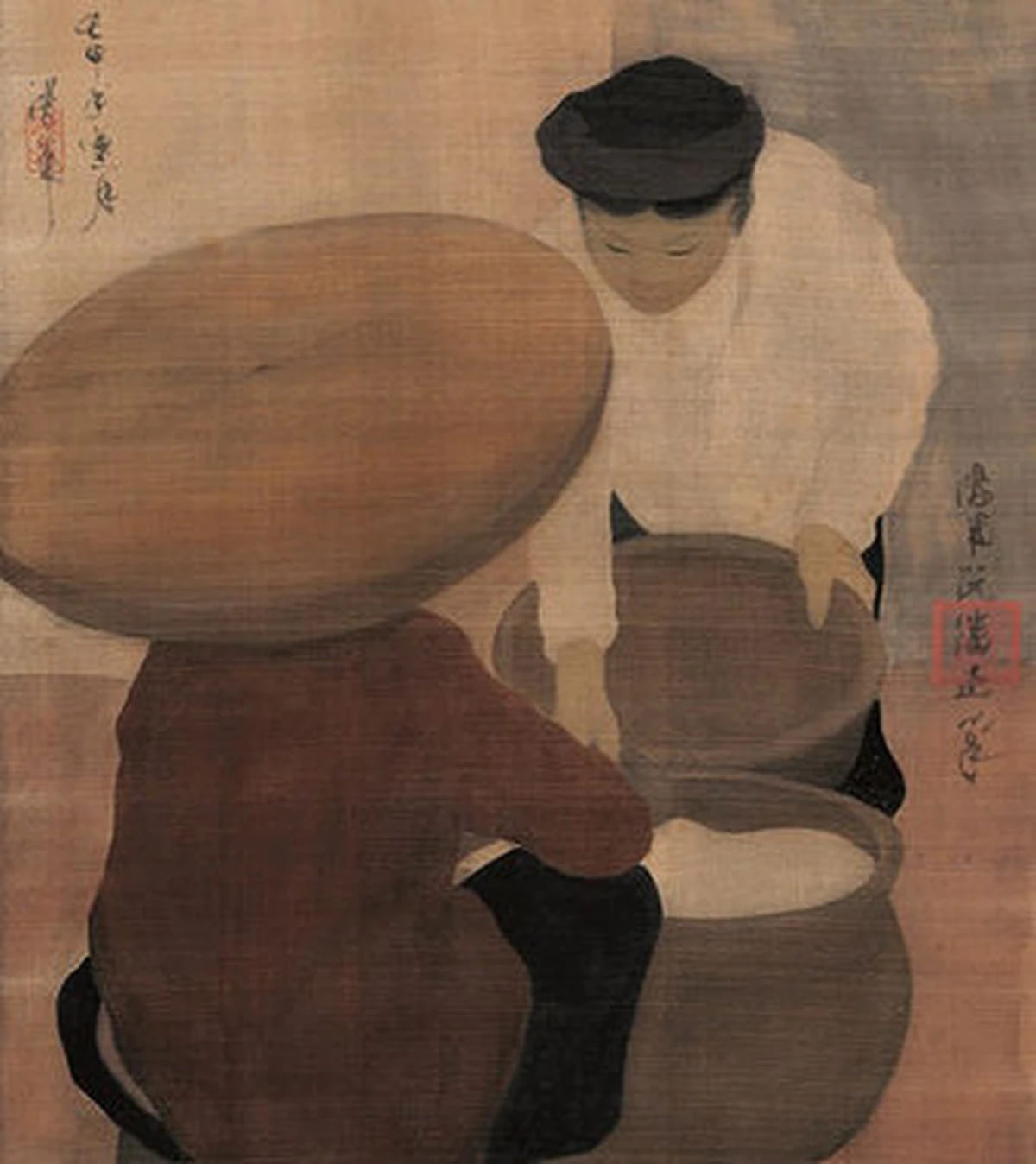
These works are not only visually stunning but also rich in humanistic value, drawing from everyday life. Many are displayed in major museums, and some have fetched high prices at international auctions, underscoring their enduring appeal.
Legacy and Impact of Nguyễn Phan Chánh on Vietnamese Art
Nguyễn Phan Chánh is inseparable from Vietnam’s fine arts legacy. As a pioneer, he modernized silk painting, transforming it from an ancient craft into a symbol of contemporary art. His global influence inspired later artists like Nguyễn Tư Nghiêm and Bùi Xuân Phái.
His teaching emphasized blending tradition with modernity, encouraging students to explore national identity. Today, Vietnam’s art schools continue to teach his silk painting techniques as a core curriculum component.
Moreover, his works preserve images of traditional Vietnamese village life, helping younger generations connect with their cultural history. In 2017, exhibitions marking his 125th birth anniversary reaffirmed his lasting value.
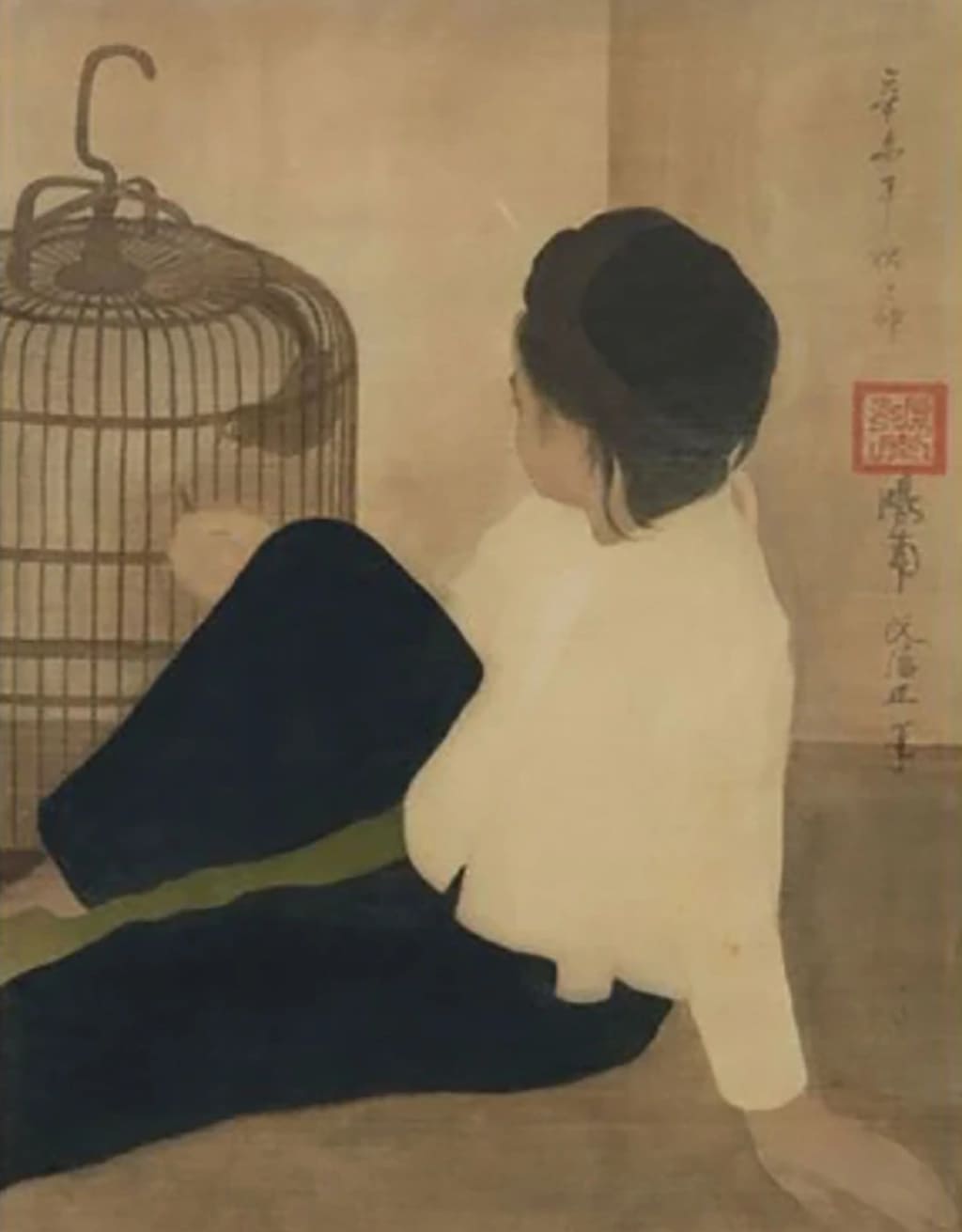
In conclusion, Nguyễn Phan Chánh is not only a master of silk painting but also a symbol of Vietnam’s national spirit in art. Visit the Vietnam Fine Arts Museum to experience his original works. His legacy will continue to inspire future generations.

